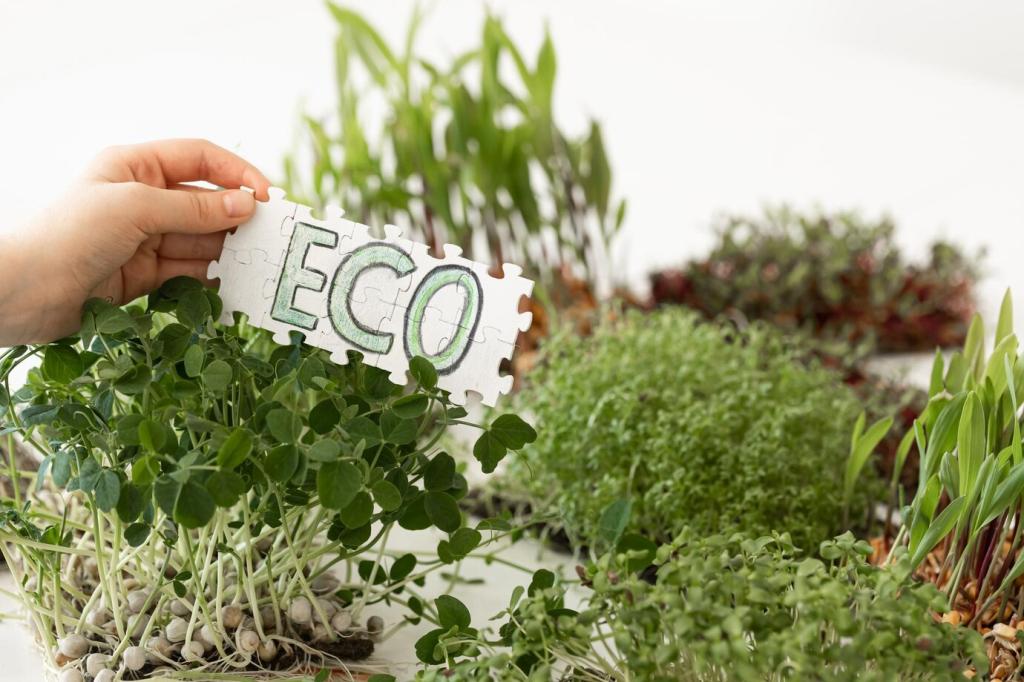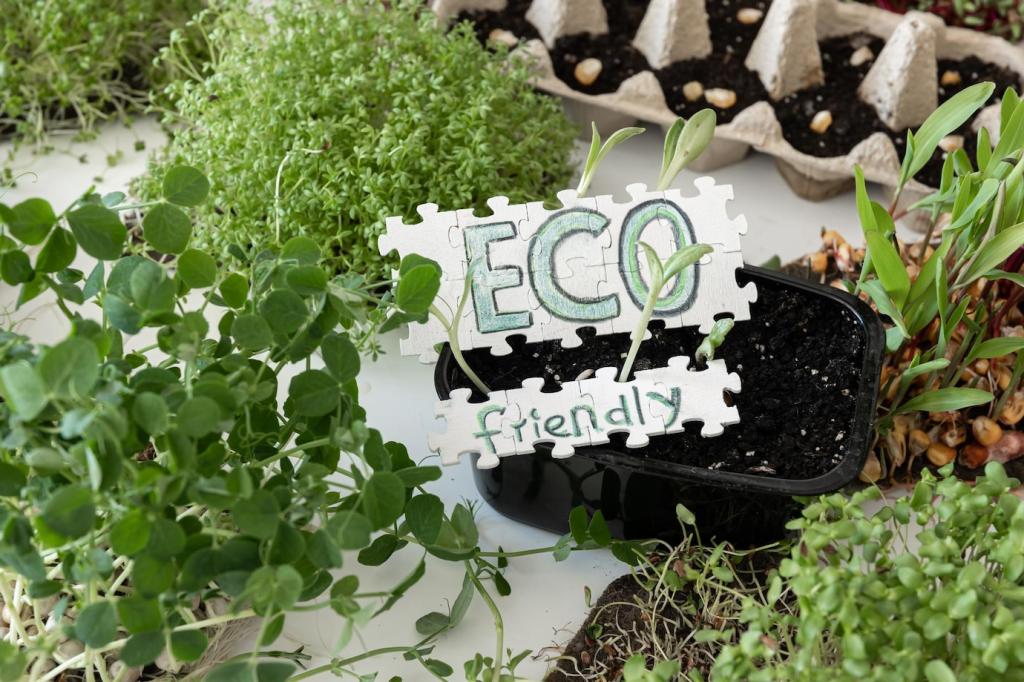Furniture Fixes with Reclaimed Wood
Check local salvage yards, community sharing groups, and deconstruction stores for reclaimed boards. Ask about previous finishes, nails, and moisture content. A quick plane and sanding can reveal gorgeous grain while giving lumber a second life, avoiding the emissions of newly milled wood.
Furniture Fixes with Reclaimed Wood
Favor mechanical joinery—dowels, pegs, mortise-and-tenon, or knock-down fittings—before reaching for adhesives. When glue is necessary, try water-based, low-VOC options or casein-based wood glues. Strong joinery means easier disassembly, future repairs, and less chemical dependence throughout the furniture’s lifetime.
Furniture Fixes with Reclaimed Wood
Reader Emma rescued a thrifted chair by replacing split stretchers with reclaimed oak from an old shelf. She cut snug dowel joints, used a tiny bit of plant-based glue, and clamped overnight. The chair now hosts tea with friends—and a story guests always ask about.





